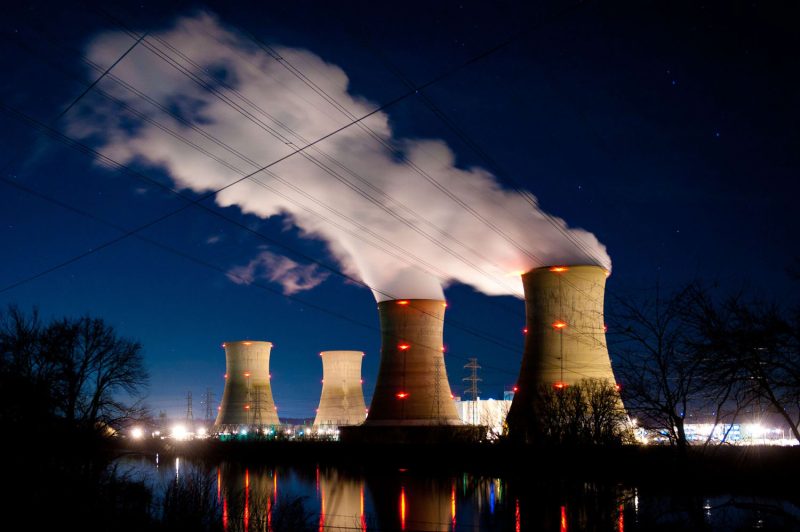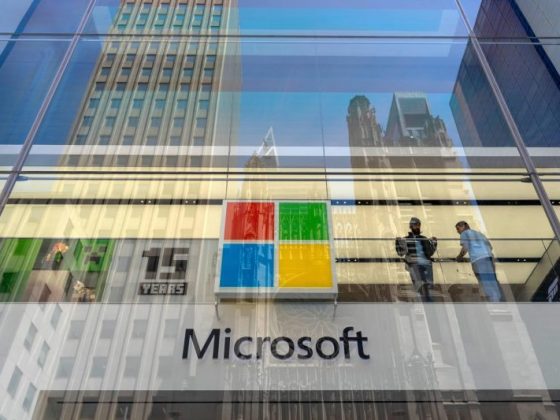The game-changing shift towards sustainable and efficient energy sources has been a key strategy adopted by top-tier technology companies such as Microsoft Corporation. In a significant move towards this direction, Microsoft has embarked on an ambitious journey to power its data-center needs utilizing the power generated from the renowned Three Mile Island nuclear plant.
Three Mile Island, located in Pennsylvania, is famed as the site of the most significant accident in the history of America’s commercial nuclear power generating industry. The accident, which happened in 1979, caused the partial meltdown of the reactor’s core, leading to sweeping changes in the regulatory oversight of nuclear energy. However, today, the plant is viewed as an impressive powerhouse with enough capacity to meet substantial energy demands.
The use of nuclear energy as a power source by Microsoft is a strategic move with manifold implications. Firstly, it reflects the company’s unwavering commitment to lessening its carbon footprint. Nuclear power as an alternative to fossil fuels eliminates the release of carbon dioxide, subsequently combating climate change. Hence, this decision resonates with Microsoft’s 2020 announcement of its intention to attain ‘carbon negative’ status by 2030.
Despite being the legacy of an accident, the Three Mile Island nuclear plant has proven its potential for renewable, clean energy. The plant’s design advancements and rigorous operating procedures have significantly improved plant safety, turning it into a sustainable energy source. By engaging such a clean source of power, Microsoft is reflecting its focus on sustainable growth and environmental impact reduction.
Moreover, Microsoft’s data centers, which require a tremendous amount of energy to operate, will greatly benefit from the consistent power supply assured by nuclear energy. Unlike solar and wind energy, nuclear power generation is not weather-dependent and can provide an uninterrupted power supply. This reliable source of power thereby directly contributes to the reduction of service interruptions and enhances the operational efficiency of Microsoft’s data centers.
Re-engaging the Three Mile Island power plant also contributes to local economies. The decision to leverage nuclear power generates a renewed demand for nuclear professionals, contributing to job creation and boosting the local economy. Additionally, the reinstatement of the nuclear plant for tech-based energy demands introduces novel revenue streams for the plant, leading to its economic revival.
The exemplary commitment shown by Microsoft in utilizing the power generated from the Three Mile Island nuclear plant symbolizes the transformation of a national crisis into an opportunity for sustainable growth. It stands as testament of the company’s earnest efforts in not just accepting clean energy alternatives, but in pioneering the usage of unconventional renewable energy sources within the tech industry.
Furthermore, this decision has an implicit role in influencing policy decisions. By participating in nuclear energy generation, Microsoft directly affects regulations surrounding nuclear energy. The involvement of private technology corporations in nuclear power could drive more rigorous assessments of safety measures and potentially accelerate the development of advanced reactor technology.
In summation, Microsoft’s approach to power its data centers using the Three Mile Island nuclear plant is a sterling example of how technology corporations can strike a balance between environmental conservation and operational efficiency. By not only operating sustainably, but also supporting a once-dubious nuclear plant, Microsoft is setting a laudable precedent for other organizations across the globe. This powerful fusion of technology and nuclear power can be a compass, guiding the way towards a cleaner, greener future.











